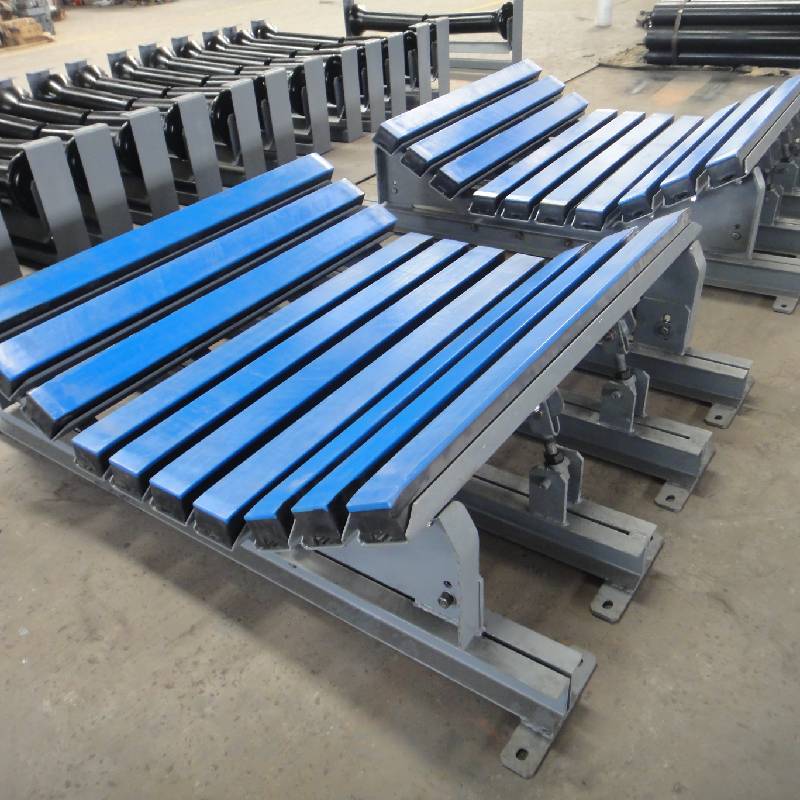 Afrikaans
Afrikaans  Albanian
Albanian  Amharic
Amharic  Arabic
Arabic  Armenian
Armenian  Azerbaijani
Azerbaijani  Basque
Basque  Belarusian
Belarusian  Bengali
Bengali  Bosnian
Bosnian  Bulgarian
Bulgarian  Catalan
Catalan  Cebuano
Cebuano  Corsican
Corsican  Croatian
Croatian  Czech
Czech  Danish
Danish  Dutch
Dutch  English
English  Esperanto
Esperanto  Estonian
Estonian  Finnish
Finnish  French
French  Frisian
Frisian  Galician
Galician  Georgian
Georgian  German
German  Greek
Greek  Gujarati
Gujarati  Haitian Creole
Haitian Creole  hausa
hausa  hawaiian
hawaiian  Hebrew
Hebrew  Hindi
Hindi  Miao
Miao  Hungarian
Hungarian  Icelandic
Icelandic  igbo
igbo  Indonesian
Indonesian  irish
irish  Italian
Italian  Japanese
Japanese  Javanese
Javanese  Kannada
Kannada  kazakh
kazakh  Khmer
Khmer  Rwandese
Rwandese  Korean
Korean  Kurdish
Kurdish  Kyrgyz
Kyrgyz  Lao
Lao  Latin
Latin  Latvian
Latvian  Lithuanian
Lithuanian  Luxembourgish
Luxembourgish  Macedonian
Macedonian  Malgashi
Malgashi  Malay
Malay  Malayalam
Malayalam  Maltese
Maltese  Maori
Maori  Marathi
Marathi  Mongolian
Mongolian  Myanmar
Myanmar  Nepali
Nepali  Norwegian
Norwegian  Norwegian
Norwegian  Occitan
Occitan  Pashto
Pashto  Persian
Persian  Polish
Polish  Portuguese
Portuguese  Punjabi
Punjabi  Romanian
Romanian  Russian
Russian  Samoan
Samoan  Scottish Gaelic
Scottish Gaelic  Serbian
Serbian  Sesotho
Sesotho  Shona
Shona  Sindhi
Sindhi  Sinhala
Sinhala  Slovak
Slovak  Slovenian
Slovenian  Somali
Somali  Spanish
Spanish  Sundanese
Sundanese  Swahili
Swahili  Swedish
Swedish  Tagalog
Tagalog  Tajik
Tajik  Tamil
Tamil  Tatar
Tatar  Telugu
Telugu  Thai
Thai  Turkish
Turkish  Turkmen
Turkmen  Ukrainian
Ukrainian  Urdu
Urdu  Uighur
Uighur  Uzbek
Uzbek  Vietnamese
Vietnamese  Welsh
Welsh  Bantu
Bantu  Yiddish
Yiddish  Yoruba
Yoruba  Zulu
Zulu drive pulley and driven pulley
Understanding Drive Pulley and Driven Pulley Systems
In the realm of mechanical systems, the relationship between drive pulleys and driven pulleys is fundamental to the operation and efficiency of many machines. These components work in tandem to transmit power, enabling various devices to perform effectively. This article explores the functions, mechanics, and applications of drive and driven pulleys.
The Basics
A pulley is a wheel with a grooved rim that can hold a rope or a belt, which is then used to lift or move loads. In mechanical systems, pulleys can be classified into two main categories drive pulleys and driven pulleys.
- Drive Pulley This is the pulley that is powered by a motor or other form of energy. When the drive pulley rotates, it initiates motion in the system. Drive pulleys are often connected to the engine or motor and serve as the central power source. - Driven Pulley This pulley receives the motion transferred from the drive pulley. It may be directly attached to the output components of the machine, such as wheels, shafts, or other mechanisms that perform work.
How They Work Together
The efficiency of a pulley system relies heavily on the interaction between the drive and driven pulleys. When the drive pulley rotates, it pulls a belt or rope connected to the driven pulley. Depending on the size of the pulleys, the speed and torque of the driven pulley can be modified.
- Speed Calculation The relationship between the drive and driven pulleys can be described using the ratio of their diameters. If the drive pulley is larger, the driven pulley will turn slower but with more torque, and vice versa. This principle is crucial in applications where specific speed or force is required.
- Torque Transfer Torque is the measure of rotational force. When the drive pulley exerts torque, it sends this rotational energy through the belt or rope to the driven pulley, thereby enabling mechanical work. The characteristics of both pulleys, such as material and size, will influence the torque transfer efficiency.
Applications in Various Industries
The use of drive and driven pulleys spans across various industries and applications
drive pulley and driven pulley

1. Automotive In vehicles, drive pulleys are connected to engines, driving various components, such as alternators, water pumps, and air conditioning systems through the serpentine belt.
2. Manufacturing Machinery in manufacturing often employs drive and driven pulley systems to transfer energy across long distances, providing motion for conveyor belts, mixers, and other equipment.
3. Elevators and Lift Systems Pulleys are integral in lifting mechanisms, where the drive pulley can be powered by an electric motor to raise or lower the elevator car through cables attached to driven pulleys.
4. Fitness Equipment Exercise machines, such as weight machines and cable systems, utilize drive and driven pulleys to modify resistance and provide a smooth workout experience.
Advantages of Drive and Driven Pulley Systems
- Efficiency Pulleys are an effective way to transmit power while minimizing energy loss. They allow for smooth and controlled motions, which is vital in mechanical engineering.
- Versatility The configuration of pulleys can be adjusted to meet specific operational requirements, making them adaptable to a wide range of applications.
- Reduced Friction Pulleys diminish direct contact between components, resulting in less wear and tear, which prolongs the lifespan of the machinery.
Conclusion
Understanding the dynamics of drive and driven pulleys is essential for anyone involved in mechanical design and engineering. These systems are integral to countless applications, providing innovative solutions to power transmission challenges. From automotive engineering to industrial machinery, pulleys remain a testament to human ingenuity, demonstrating how simple mechanical principles can lead to complex and powerful machines. By mastering the concepts surrounding drive and driven pulleys, engineers and designers can continue to innovate in their fields, driving efficiency and functionality in mechanical systems worldwide.
-
Revolutionizing Conveyor Reliability with Advanced Rubber Lagging PulleysNewsJul.22,2025
-
Powering Precision and Durability with Expert Manufacturers of Conveyor ComponentsNewsJul.22,2025
-
Optimizing Conveyor Systems with Advanced Conveyor AccessoriesNewsJul.22,2025
-
Maximize Conveyor Efficiency with Quality Conveyor Idler PulleysNewsJul.22,2025
-
Future-Proof Your Conveyor System with High-Performance Polyurethane RollerNewsJul.22,2025
-
Driving Efficiency Forward with Quality Idlers and RollersNewsJul.22,2025





























